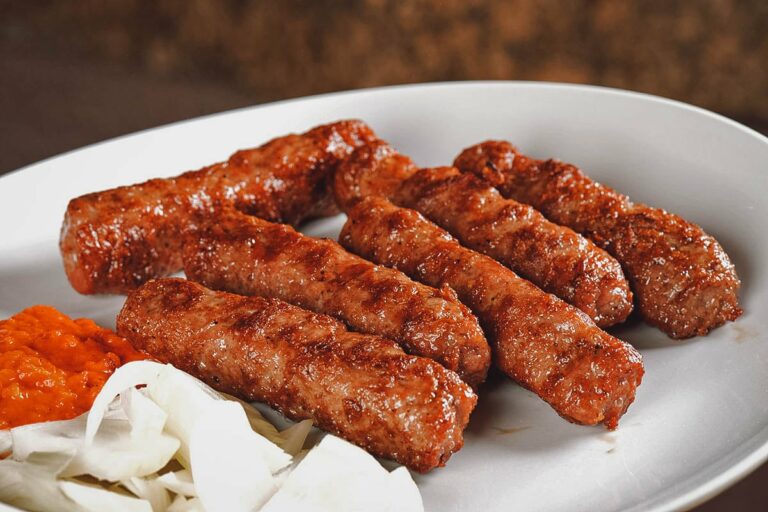Introduction: Serbian Cuisine
Serbian cuisine is a combination of different cultural and historical influences. The cuisine is rich, flavorful, and diverse, ranging from hearty meat dishes to sweet pastries. Serbian cuisine is known for its use of fresh local ingredients, traditional cooking techniques, and unique flavor combinations. The cuisine has evolved over time, influenced by the Ottoman Empire, Austro-Hungarian Empire, and neighboring countries like Greece and Bulgaria.
A Blend of Cultures
Serbian cuisine is a product of the country’s rich history, which has been shaped by various cultures and civilizations. The Ottoman Empire brought spices, herbs, and sweets, while the Austro-Hungarian Empire introduced new cooking techniques and ingredients like paprika and schnitzel. The cuisine also reflects the influence of neighboring countries like Greece, Bulgaria, and Croatia. The result is a unique blend of flavors and styles that make Serbian cuisine stand out.
Characteristics of Serbian Food
Serbian food is known for its hearty, comforting dishes that are perfect for cold winters. Meat plays a central role in Serbian cuisine, with pork, beef, and lamb being the most common. Grilled meats like cevapi and pljeskavica are popular, as well as stews like goulash and paprikash. Vegetables are also an important part of Serbian cuisine, with dishes like ajvar, a roasted red pepper spread, and sarma, stuffed cabbage leaves. Dairy products like kajmak, a type of clotted cream, and cheese are also widely consumed.
Flavors of Serbian Cuisine
Serbian cuisine is characterized by bold, rich, and complex flavors. The cuisine is known for its use of garlic, onions, and paprika, which give dishes a distinctive taste. Meat dishes are often seasoned with salt, pepper, and various herbs and spices like bay leaves, thyme, and rosemary. Grilled meats are often served with ajvar, which adds a sweet and smoky flavor. Other popular flavors in Serbian cuisine include sour cream, vinegar, and honey.
Spices and Herbs
Serbian cuisine relies heavily on spices and herbs to add depth and complexity to dishes. Paprika is a key ingredient in many dishes, ranging from stews to sausages. Other common spices include cumin, coriander, and caraway seeds, which are used to flavor meat dishes. Herbs like parsley, dill, and mint are also widely used, especially in salads and vegetable dishes.
Conclusion: The Taste of Serbia
Serbian cuisine is a reflection of the country’s rich history and cultural influences. The cuisine is characterized by bold, complex flavors, with a focus on meat, vegetables, and dairy products. Spices and herbs play a key role in Serbian cuisine, adding depth and complexity to dishes. Whether you’re looking for a hearty meat stew or a sweet pastry, Serbian cuisine has something to offer.

